Stop being the entertainer: build play habits that let your child succeed on her own
What if play could feel as natural and irresistible to your child as climbing a tree on a sunny day?
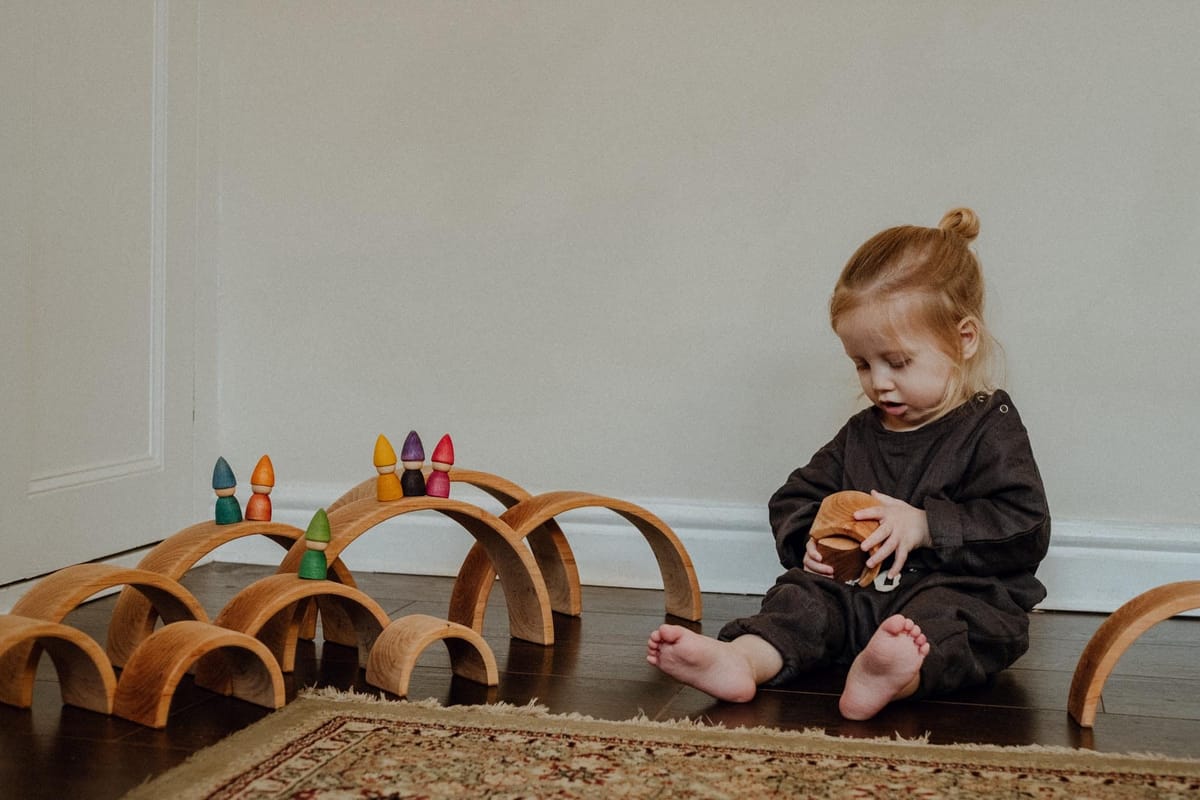
What if play could feel as natural and irresistible to your child as climbing a tree on a sunny day?
Right now, it might not.
- Your child flits from one activity to another.
- She complains she’s bored.
- She relies on you to set up games, suggest ideas, or keep her entertained.
It’s exhausting.
But what if play happened without you? What if your child had the same drive to play that you did at her age?
The secret isn’t more toys, new activities, or perfectly curated “invitations to play.”
The secret is habits.
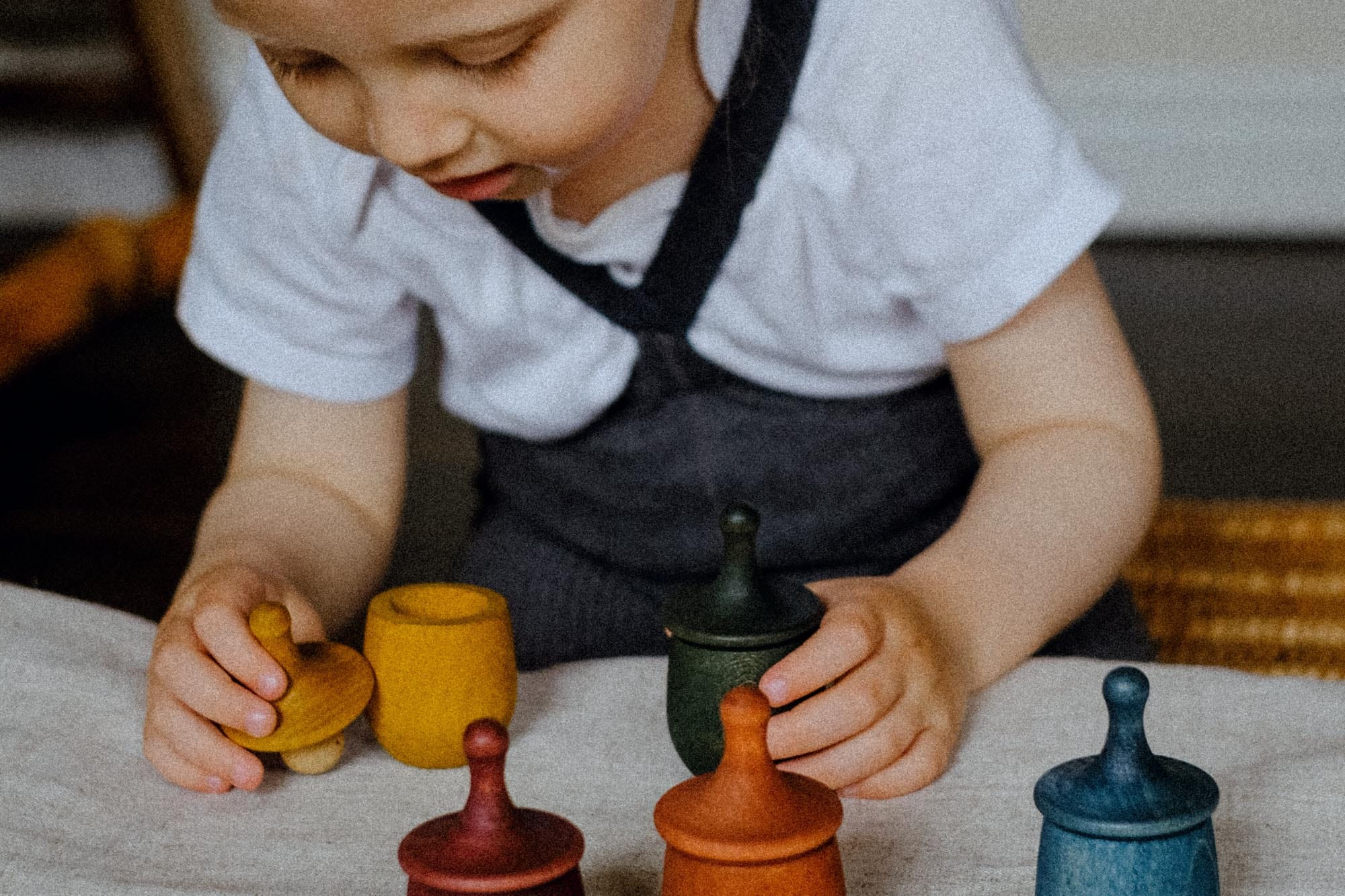
Why play habits matter
Play isn’t just a way for your child to pass the time - it’s how she learns to think, solve problems, and regulate emotions. Your child has the same innate capacity for play that you had - she just needs the right conditions for it to flourish.
But without habits, play can feel effortful.
- Your child struggles to know how to start.
- She drifts away from activities too quickly.
- She asks for screens because they’re easier.
The shift: from effort to ease
When play becomes a habit, it feels natural and instinctive.
It’s not something you have to prompt, suggest, or supervise. Your child knows what to do and dives in confidently.
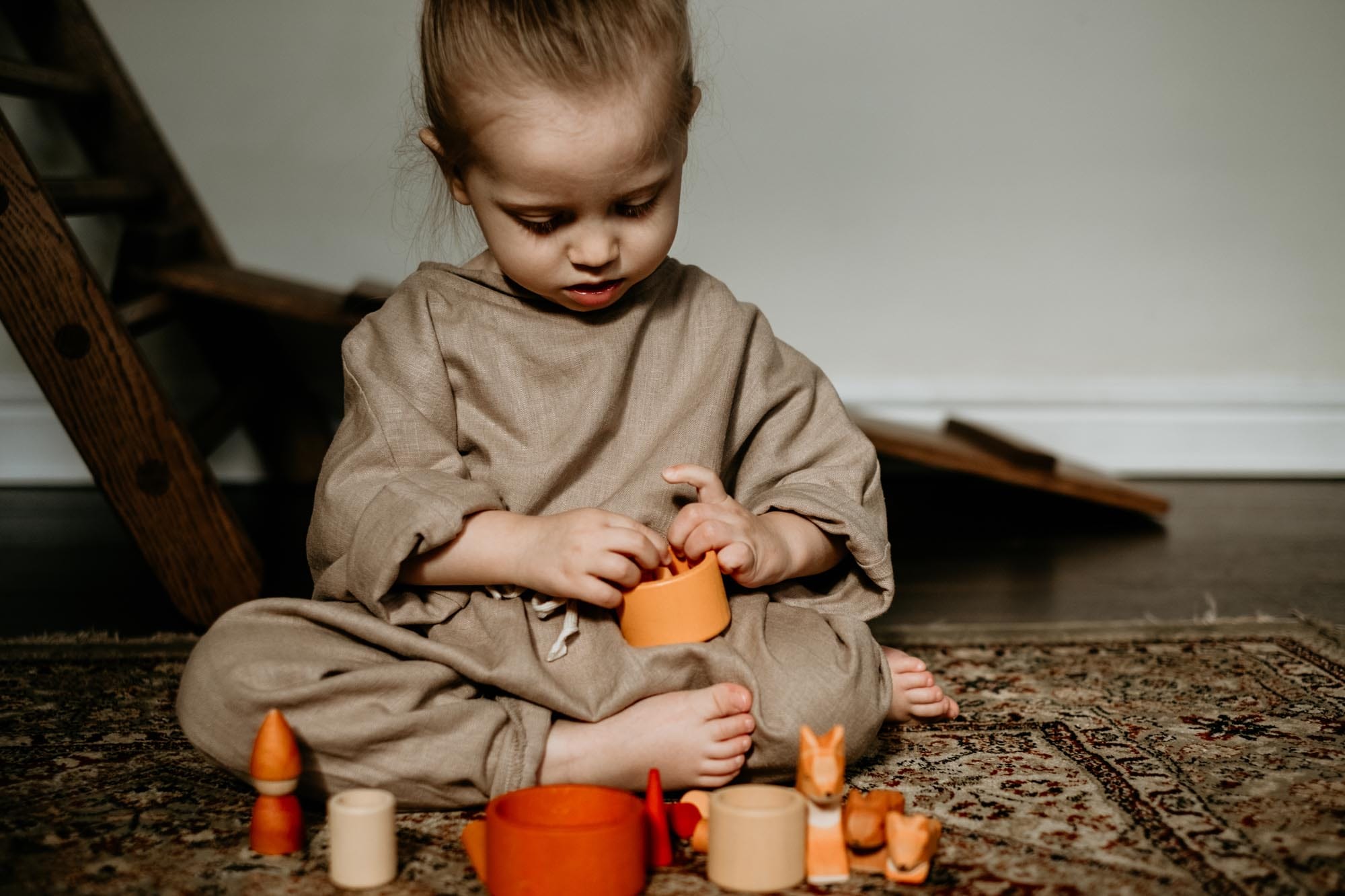
How habits work
James Clear, in Atomic Habits, explains that habits form through four key principles. Here’s how they apply to play:
1. Make it obvious
If play isn’t immediately visible, it won’t happen.
- Store toys where your child can see and reach them.
- Rotate materials to keep interest high.
- Leave out an unfinished project as a silent invitation.
- Leave out toys that remind you of your own childhood play - skipping ropes, building blocks, simple crafts. These time-tested play materials often spark the deepest engagement.
💡 Example: If your child struggles to start drawing, leave paper and crayons on the table after breakfast. No need to suggest it - she’ll naturally gravitate towards it. If this doesn’t work, Google ‘colouring pages’ plus your child’s favourite cartoon character and print a few out. That’s never failed yet!
2. Make it attractive
Play needs to feel tempting.
- Pair play with an existing routine (habit stacking).
- Give her choices, rather than assigning activities.
- Make small tweaks to refresh old toys (a toy in a new place feels new).
- Create a sense of mystery. Put a few toys in a special box that only comes out at certain times - anticipation makes play more appealing.
- Make it social. Even solo play feels more attractive when your child knows she can share her creations with you later (without interrupting the play itself).
- Add story elements. Leave a note from a toy saying it needs help building something, or create a simple treasure map leading to play materials.
- Show rather than tell. If you want her to explore sensory play, let her catch you enjoying it yourself - curiosity is contagious.
- Make it feel grown-up. Real tools (child-safe ones) and materials are often more tempting than toy versions. A real notebook feels more special than a play one.
💡 Example: "After we finish lunch, you can build with blocks or play with your craft kit. What do you feel like today?"

3. Make it easy
Lower the effort needed to start playing.
- Keep play materials organised and self-contained.
- Set up "ready-to-go" Play Kits.
- Create zones. Designate specific areas for different types of play - a quiet corner for reading, a space for building, a spot for art. When everything has its place, your child instinctively knows where to go.
- Follow the path of least resistance. Notice which toys your child reaches for first and make those even more accessible. Sometimes the easiest choice becomes the best choice.
- Remove hidden barriers. If art supplies need scissors but scissors need permission, the activity feels harder than it should. Look for these subtle obstacles and eliminate them where safe to do so.
- Break down complex toys. If your child avoids certain toys because they feel overwhelming, create simpler entry points. A big box of Lego becomes more approachable when sorted by colour or divided into smaller project bags.
- Use visual cues. Clear containers let your child see what's inside without opening them. Pictures on storage boxes help with both finding and putting away toys.
💡 Example: If your child struggles with deep focus, introduce a “one thing at a time” habit: before starting something new, she puts away what she was using.
4. Make it satisfying
When play feels rewarding, children naturally return to it.
- Celebrate what your child creates (without over-praising).
- Capture play moments - take a picture or display her projects.
- Allow for works in progress so she has something to come back to.
💡 Example: If she builds a Lego city, let it stay up for a few days instead of packing it away each evening. The satisfaction of seeing it grow will keep her engaged.
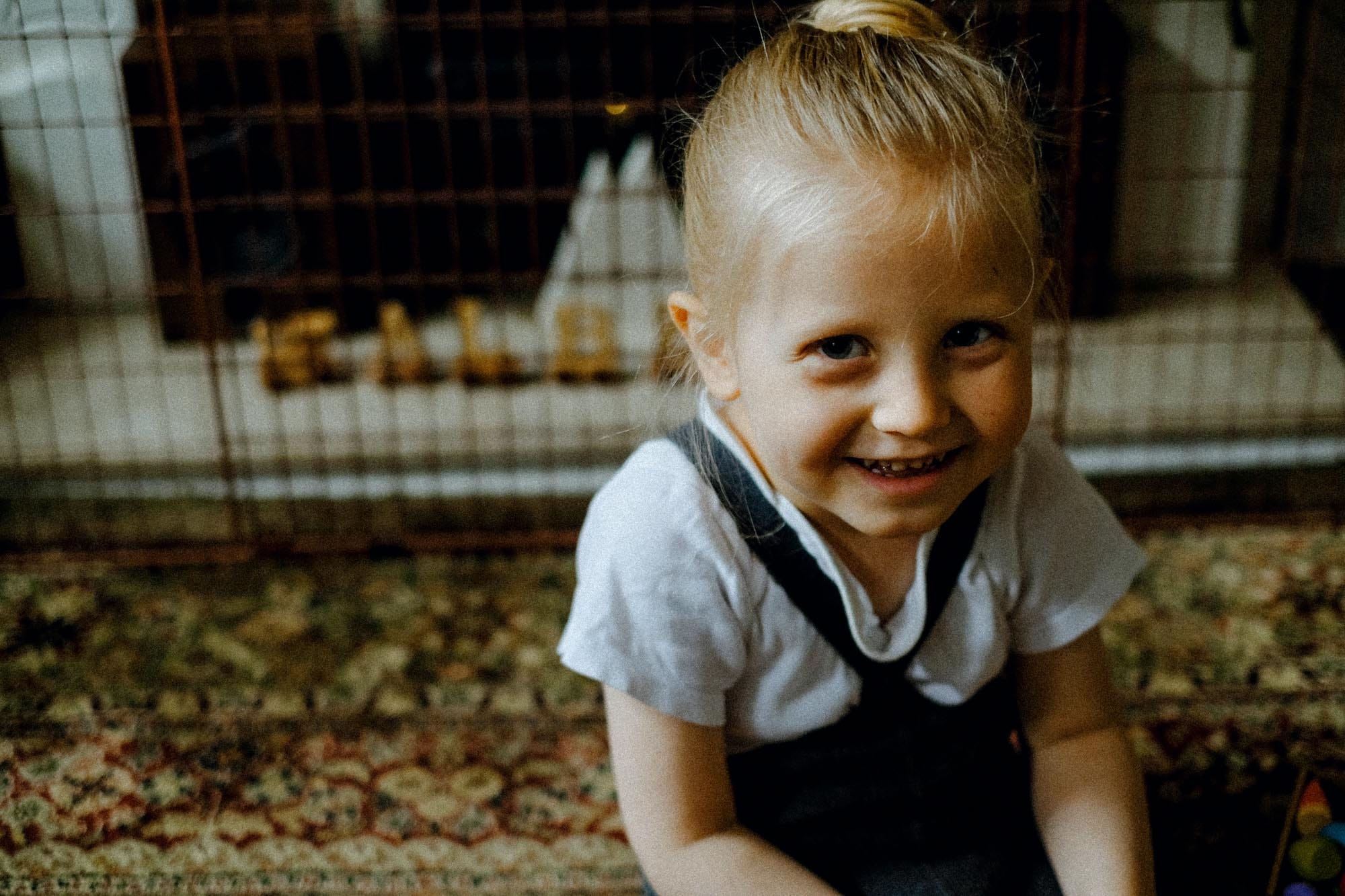
The habit stacking method: embedding play into daily routines
A habit stack pairs a new habit with something that’s already part of daily life.
This makes play feel effortless and automatic.
Examples of play habit stacks:
- After breakfast → 10 minutes of quiet independent play (e.g., puzzles, drawing).
- After putting away school shoes → Check the 'works in progress' shelf for an ongoing project.
- After bath time → A quick, calm play activity before bed (e.g., threading beads, looking at picture books).
At first, your child might need reminders, but over time, these routines become second nature.
Common roadblocks (and how to fix them)
Even with the best intentions, play habits don’t always form easily. Here’s how to overcome common challenges:
"My child loses interest too fast."
- Keep play materials limited - too many choices create overwhelm.
- Encourage deep play by reducing interruptions.
💡 Try this: If your child struggles to stick with a game, say, “I love what you’re making. I wonder what will happen if you add one more piece?” This small prompt keeps momentum going.
"She keeps asking for screens instead."
- Reduce screen visibility - if it’s not the easiest option, she won’t default to it.
- Create a "first, then" rule: “First 20 minutes of play, then you can ask for a screen.”
💡 Try this: If screens are a daily battle, set up a visible play alternative in the morning, before she even asks. Better yet, learn to Break the screen-time habit
"I don’t have time to set up play every day."
- That’s the point of habits - once they’re in place, you don’t have to.
- Use nudges to create low-effort invitations to play.
💡 Try this: Each evening, spend one minute setting out a simple play prompt - something half-started is always more inviting than a blank slate.

Final thoughts: from entertainer to guide
Your child doesn’t need you to entertain her.
She needs time, space, and small nudges to develop the habit of playing independently.
You don’t have to set up complicated activities. You don’t need to manage every moment.
Just make play the easiest, most obvious choice - and watch what happens.
Start today: Pick one small habit to focus on this week.
Over time, play won’t be something you have to suggest.
It will be something your child just does.
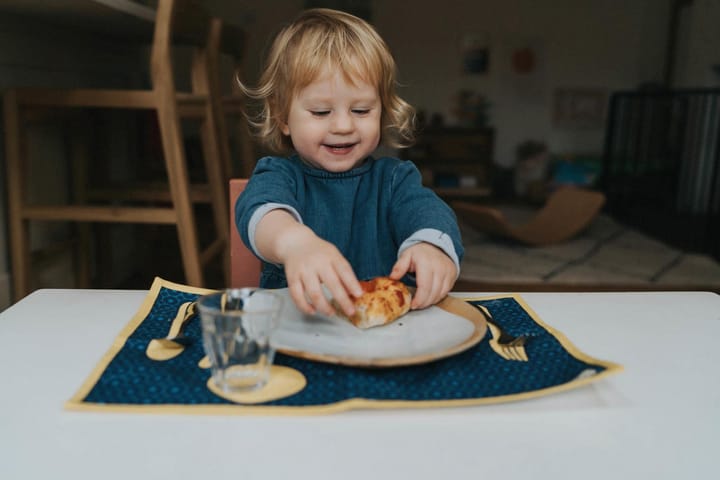

Comments ()